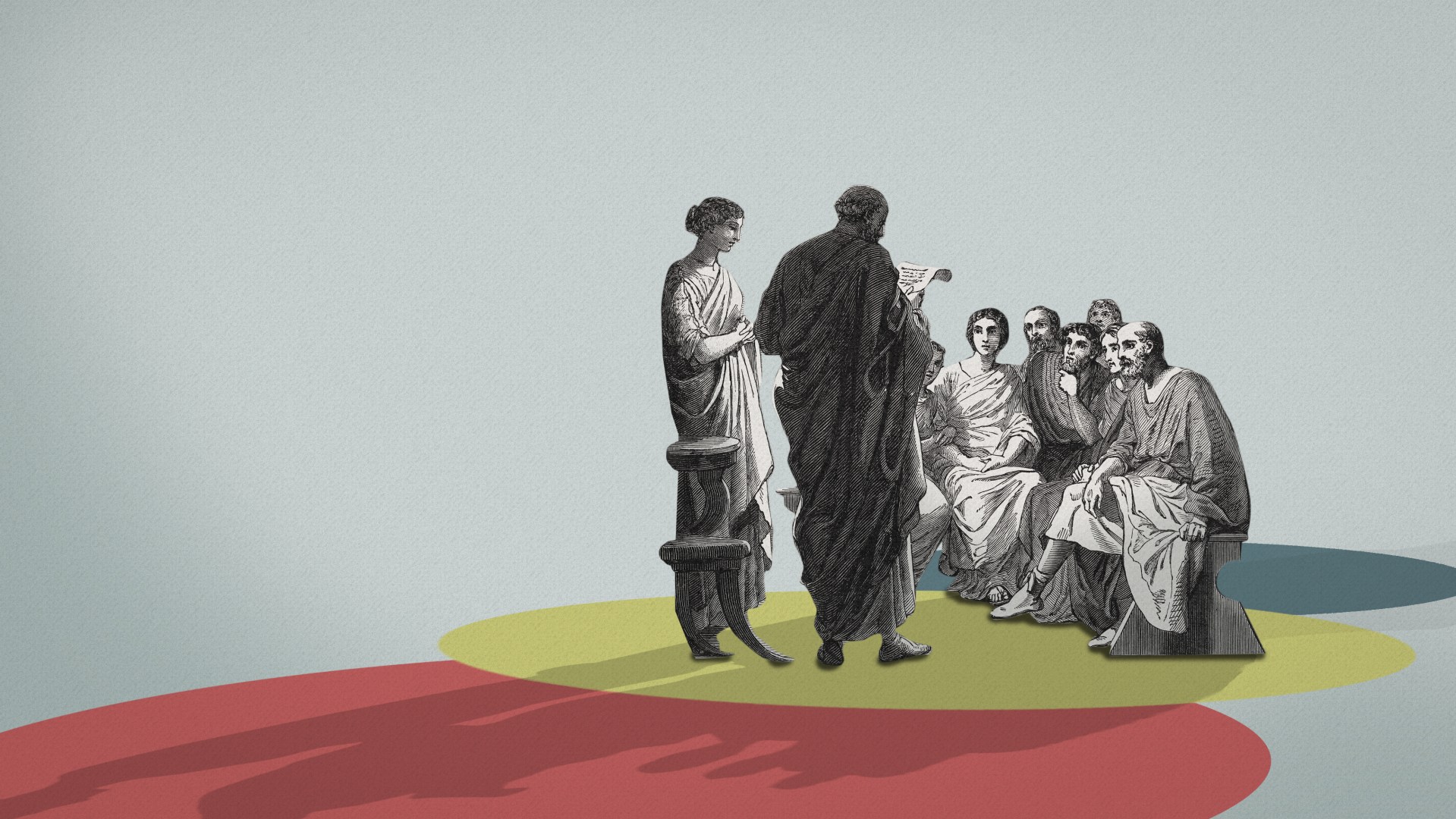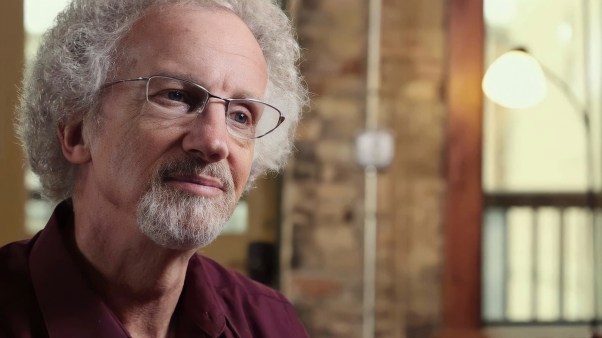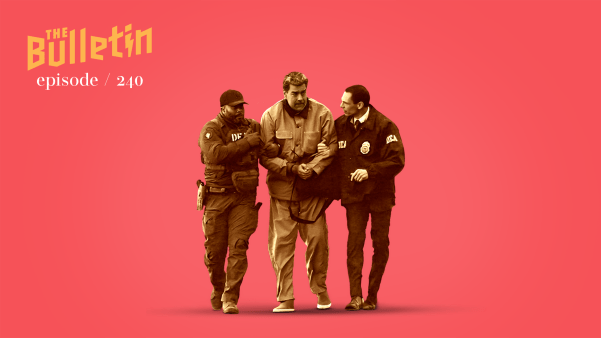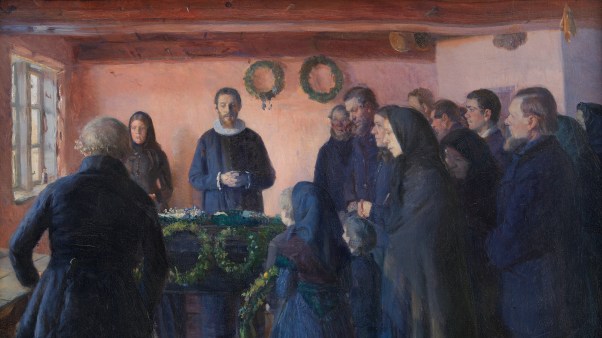I attended seminary in the 1970s. I had to take several classes in the history of Christianity, though in those days it was called “church history.” My professor taught the course largely as a history of Christian thought. We studied orthodoxy and heresy in the early Christian period, monastic and scholastic theology in the medieval period, the Reformation controversies of the sixteenth and seventeenth centuries, the evangelical awakenings of the eighteenth century, and the liberal theology of the nineteenth and twentieth centuries, as well as its major twentieth-century critics (Barth and Bonhoeffer).
In general, we learned church history from a Christendom perspective. Questions of correct belief loomed largest, at least as I remember it. We studied it as a kind of history of the Christian family, which was our family.
In the beginning of my teaching career, I taught the history of Christianity in much the same way. My primary interest was Reformation theology and the evangelical awakenings, though I never totally neglected to tell the larger story. Students seemed interested enough, at least for a while.
But then students began to change, and their interests shifted. They started to question the attention to doctrinal precision that emerged during the Reformation period. They wondered about the emotion of the evangelical awakenings. Doctrinal faith seemed too abstract and narrow, emotive faith too fragile and insecure.
I was teaching a Christendom course, but my students were asking for something different. I discovered that they needed something different because they were (and still are) growing up in a world very different from the one that existed only a generation ago.
Together we—professor and students—found it in early Christianity.
They began to pepper me with questions. How did early Christians start and sustain a movement over such a long period of time (some 250 years) before Christendom began to emerge? How did the church maintain a steady rate of growth under such difficult circumstances? How did Christian leaders make disciples without the religious benefits and privileges we take for granted today? How did this minority movement influence the larger culture, even though the vast majority of people living in the Roman Empire did not assume Christianity was the one true religion, Christian ethics were the best way to live, and Christian institutions were worthy of special privilege?
The success of the early church was certainly not inevitable. Christians could have accommodated to the culture to win recognition and approval, which would have undermined the uniqueness of their belief system and way of life. Or Christians could have isolated themselves from the culture to hide and survive, which would have kept them on the margins—safe, to be sure, but also irrelevant.
Instead, Christians engaged the culture without excessive compromise and remained separate from the culture without excessive isolation. Christians figured out how to be both faithful and winsome. They followed what was then known as the “Third Way,” a phrase that first appeared in a second-century letter to a Roman official named Diognetus.
What made the Third Way so successful and fruitful? At the heart of it was the unique identity and mission of Jesus. Jesus Christ shaped everything that followed in his wake. No one in the ancient world had ever encountered the likes of him before. Romans had no categories for him and neither did Jews. Not even his disciples could make sense of him until after the resurrection. Jesus Christ summoned his followers to a new way of life because he was first and foremost the way to new life. In other words, it was his uniqueness that made the early Christian movement unique.
The Third Way spawned a new movement—new in theology, in story, in authority, in community, in worship, and in behavior. Christian belief was so new, in fact, that it required Christians to develop a process of formation in the Third Way to move new believers from conversion to discipleship, from outsider to insider, from observer to full-fledged member, which produced generation after generation of believers who, established firmly in the faith, were able to grow the movement over a long period of time.
What can we learn today from the church’s witness to Rome some 2,000 years ago?
At the center, of course, was Jesus Christ himself—human and divine, crucified and resurrected, suffering servant and triumphant King, Son of Man and Son of God. Early Christians believed that God had revealed himself as Jesus Christ. They claimed that this revelation showed the world who God is as well as what kind of people humans were created to be.
They viewed worship as a bridge between divine and human worlds, as if in worship Christians stepped into a liminal space between heaven and earth. They did not see themselves primarily as consumers who attended worship to hear a good sermon and sing a few familiar songs but as beholders of the unspeakable glory of God. Worship not only ushered them into the very presence of God but also prepared them to return to the ordinary life of market, home, and neighborhood as disciples of Jesus.
Christians embraced a new story, too. The story of Jesus opened their eyes to see history not as a narrative of the empire’s achievements—and atrocities—but as a narrative of God’s redemptive work in the world, which often occurs in quiet and mysterious ways. For them, Bethlehem and Golgotha occupied center stage, not the Roman court.
Jesus Christ reshaped identity. He promised to make people new creatures; he broke down dividing walls of hostility; he transformed how his followers saw themselves and treated “the other.” Primary identity in Christ changed all earthly and secondary identities—marital, ethnic, and economic.
Christians became a nation within a nation, a new oikoumene or universal commonwealth that spanned the known world, crossing traditional cultural barriers. Their primary loyalty was to fellow believers, not nation or race or tribe or party or class. Christians created a new oikos (house church), too, which established a different kind of family. God was true Father; they were all brothers and sisters. The Christian movement was therefore both radically global and local at the same time. Both oikoumene and oikos had the effect of undermining and transforming the traditional social order.
They lived differently in the world. Christians were known as the people who cared for the “least of these,” challenging Rome’s patronage system and culture of honor and shame. They lived this faith out with enough consistency and success to attract Rome’s attention, which is why Rome identified the Christian movement as the Third Way. Rome’s various responses—fascination, confusion, suspicion, opposition, persecution—only underscored how unique the movement was.
In the same way that it’s not easy to understand and to follow the Christian faith in our increasingly post-Christendom setting, it wasn’t easy to make sense of in a pre-Christendom setting. Which is why the early Christian movement established the catechumenate as a strategy of formation. This ancient Christian process of formation, which lasted two or three years, was both inherent to the faith and necessary for its survival and growth. It was inherent because discipleship was the only possible response to the Lordship of Jesus Christ. And it was necessary because the church faced stiff opposition and competition in the ancient world. The difference between Roman religion and Christianity was so great that the church had to develop a process to move people from the old world of traditional religion to the new world of Christianity.
Can this ancient movement speak to us today? It depends upon how fiercely we cling to the old arrangement.
As long as Christians assume we are still living in Christendom, the church will continue to decline in the West, no matter how ferociously Christians fight to maintain power and privilege. If anything, the harder Christians fight, the more precipitous the decline will be, for cultural power and privilege will come at an increasingly high price. Christians will either accommodate until the faith becomes almost unrecognizable, or they will isolate until their faith becomes virtually invisible.
Nothing short of a change of church culture will suffice—from a culture of entertainment, politics, personality, and program to a culture of discipleship. Such a radical change will require patience, steadiness, and purposefulness.
The good news is, we are not alone, and the story of early Christianity reminds us of this fact. Faithful Christians have gone before us, bearing witness to the truth of Christianity, the power of the gospel, and the high calling of discipleship. Calling out across the centuries, they tell us that it is possible now, as it was then, to live as faithful followers of Jesus the Lord in a culture that does not approve of it or reward it.
Two millennia ago, Jesus Christ—his incarnation, life, death, resurrection, and ascension—set in motion a movement that turned the world upside down. He is the same Lord today. It can happen again.
Gerald L. Sittser is a professor of theology and a senior fellow in the Office of Church Engagement at Whitworth University. He is the author of eight books, including the best-selling A Grace Disguised, The Will of God as a Way of Life, and Water from a Deep Well.
This essay is adapted from his latest book, Resilient Faith: How the Early Christian “Third Way” Changed the World. Used by permission from Brazos Press, a division of Baker Publishing Group copyright 2019.










